Topics
16 Gardening Tips for Beginners to Get You Growing
Helpful tipsDo you dream of fresh herbs, bouquets of flowers, and dinner made from your morning harvest? Do you watch gardening videos and think, “I want to do that.”
Those dreams are possible even if you’ve never planted a seed before. By following a few basic gardening principles, you’ll be on your way to a successful growing season.

Our Top Tips for Beginner Gardeners
1 - Location. Location. Location.
There’s no way around it; gardens need sunshine. And since you can’t move the sun, you’ll have to find a sunny location. Many vegetables and flowers need “full sun,” which means 8 hours.
Access is another reason location matters. A garden is a living thing that needs attention. It can't be out of sight, or it will be out of mind. So make it convenient to access so you can tend it daily. Also, a garden needs access to water. So choose a location near a water source or that is easily reached with hoses.
2 - Start With Soil.
From carrots to zinnias, all plants grow better in fertile soil. So if you’re digging up a backyard lawn to put in a garden, invest in improving the soil. There are simple ways to create rich, organic soil; the stuff prized gardens are made of. Having nutrient-rich, well-draining soil is an important garden foundation.
3 - Water Wisely.
If you’ve chosen an accessible spot for your garden, watering shouldn’t be an impossible chore. The general rule is that when the soil is dry more than an inch deep, it’s time to water. Drip hoses are a great way to conserve water and direct it to the roots.
4 - Know Your Growing Season.
Not all plants grow well in all climates. It’s important to know how long your growing season is so you can plan your crops and give them enough time to mature. Don’t give yourself unnecessary frustration by trying to grow something that doesn’t do well in your climate.
5 - Start Seeds Indoors
You can lengthen your growing season by starting seeds indoors and then transplanting the seedlings outside when the danger of frost has passed. Transplanting will also allow you to put out healthy young plants that will survive. You’ll find lots of helpful seed-starting information on our blog.
6 - Read Your Seed Packets.
Germination rates, light requirements, spacing, and other helpful information will guide you in growing specifics for each plant. Believe the spacing guidelines. You’ll be tempted to fill up that space, but those tiny seeds grow - a lot!
7 - Size Your Garden Beds
Make your garden beds as large as you want, but give yourself a way to reach the middle. If you plant near a wall, make sure you can reach all the way through. You don’t want to have a ripe tomato that you can’t reach. Also, give yourself room to move between beds. Leave enough space to push a wheelbarrow if needed. Make the time spent in your garden enjoyable by making it accessible.
8 - Put Supports in Early.
Strong supports are better than flimsy cute ones. That little seedling may not look like much in May, but in July, you’ll be thankful you put in strong support before the plant took over.
9 - Start Simple and Practice Patience.
Don’t try to plant everything you’ve ever heard of the first year. Start with the things you know you like and then one or two things you are interested in trying. A classic first garden might include: Lettuce, spinach, kale, and other greens, peas, radishes, beets, carrots, zucchini, tomatoes and cucumbers. Or focus on just one thing. Really love tomatoes? Try a few varieties. Or start with some herbs and see what a difference the freshness adds to all your meals.
10 - Succession Planting
Don’t plant the whole packet of seeds at once. To enjoy a staggered harvest, plant a row of seeds and then wait two weeks and then plant another row.
11 - Add Flowers
Grow zinnias for a burst of color and to bring in pollinators. Add some marigolds, nasturtiums, and basil as companion plants to help deter pests.
12 - Remove Weeds and Pests
It’s much easier to remove weeds as soon as they sprout. Also, keep a close eye on your plants and remove insect eggs, slugs, and other pests daily.
13 - Pick Regularly
Regular harvesting will encourage more production. Also, many vegetables are best when still young and tender. Herbs and flowers also produce more when they are picked or cut back and not allowed to go to seed.
14 - Find some gardening friends.
Talk to any gardener and they’ll gladly share their hard-earned wisdom. Seek out gardeners in your local area. Look up local gardening clubs. They are a great source of wisdom and sometimes swap seeds and plants. They will also be a great source of the finer details of your local growing conditions.
Know how to contact your local extension service--they can test soil and have gardening guides. These are by county or region, and they usually work with a university. Usually located in or around courthouses, post offices, or other government offices. They focus on food safety and agriculture.
15 - Take Notes
There’s a lot to learn in your first gardening season. There will be mistakes and successes that can make your next year even better. Keep a garden journal in a sturdy notebook. Write down what you planted and when. Take notes of how fast things grew and when you harvested. The more notes you take, the more you will learn.
16 - There’s No Such Thing as Perfect
Think of your garden as a living creature. It’s going to do things you weren’t expecting. Also, it won’t be the same as anyone else’s or the same from year to year.
A garden is always an experiment, so get out there and grow something!





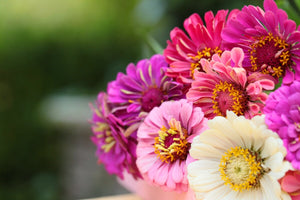
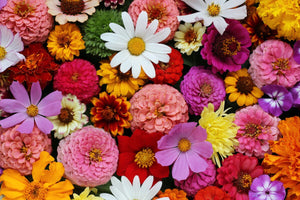
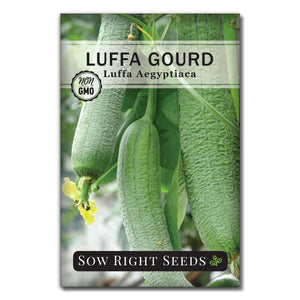
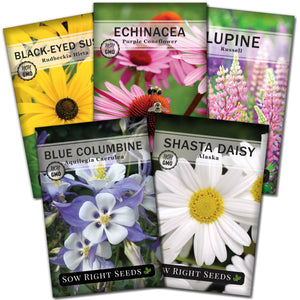
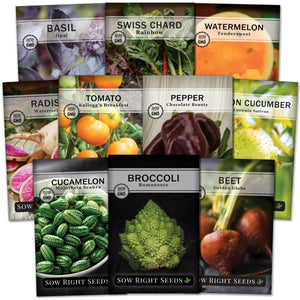
Leave a comment